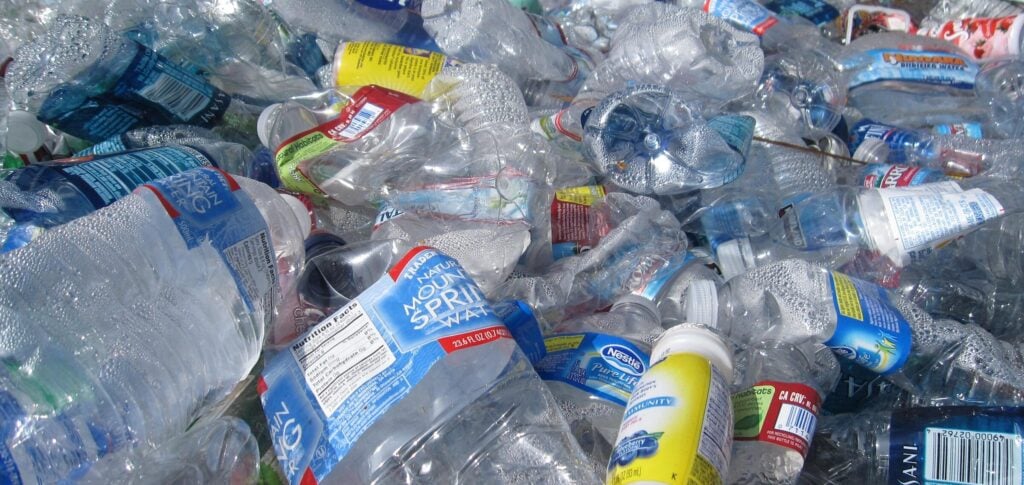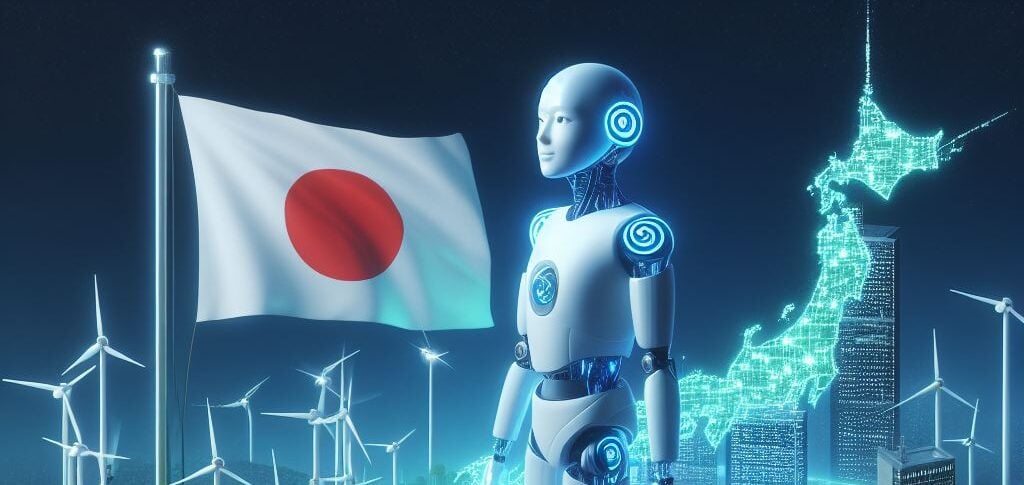“It’s a real dump. Behind each rock there are a lot of oxygen pumps, cans, tent canvas, shoes, something really absurd”, lamented Luc Boisnard, in Nepal, where he was returning from his first attempt to climb Makalu, at an altitude of 8.485 meters, where he hopes to climb again soon.
ADVERTISING
The objective of this 53-year-old company administrator, a climber for many years, is to clean up the peaks that “have become gigantic garbage dumps”.
The name of the operation and the association it created for the project is Himalayan Clean-up.
The Makalu expedition, which began in March, was his second after climbing Everest in 2010. At the same time, another member of the association has just returned from Annapurna, 8.091 meters above sea level.
ADVERTISING
From the two climbs, the two men, helped by a dozen Sherpas, brought 3,7 tons of waste, 45% of which is plastic: 1.100 kilos in Makalu and 550 kilos in Annapurna.
It is yet another illustration of the spread of this petroleum-derived material, which takes place amid the second round of negotiations in Paris to draw up a legally binding treaty, under the auspices of the UN, to end plastic pollution by 2024.
On his first expedition to the top of the world, Boisnard brought back a ton of trash, including 550 kilograms of plastic.
ADVERTISING
The role of tourism
Most of this waste is the remains of high-altitude expeditions accumulated since 1920, when the region began to open up to tourism.
In an attempt to lighten their packs, and sometimes with little respect for the environment, some beginning climbers deliberately leave some of their belongings around base camps, or even on the trails to the summits.
Some of them “are thrown into the Himalayan glaciers, where they will remain for 200 years”, laments Boisnard.
ADVERTISING
These plastics disintegrate slowly, contaminating landscapes and rivers in the long term.
In 2019, a scientific study showed the presence of microplastics above 8.000 meters of altitude, including in snow.
In addition to the waste problem, the first objective of the future treaty on plastics will be to reduce their use and production.
ADVERTISING
In 20 years, this production has more than doubled, to 460 million tons per year, and could triple by 2060, if nothing is done. Two-thirds are thrown away after one or a few uses, and less than 10% of plastic is recycled.
In addition to mountains, plastics of all sizes are also found at the bottom of the oceans, in ice floes, in the stomachs of birds and even in human blood, breast milk, or the placenta.
Read also
* The text of this article was partially generated by artificial intelligence tools, state-of-the-art language models that assist in the preparation, review, translation and summarization of texts. Text entries were created by the Curto News and responses from AI tools were used to improve the final content.
It is important to highlight that AI tools are just tools, and the final responsibility for the published content lies with the Curto News. By using these tools responsibly and ethically, our objective is to expand communication possibilities and democratize access to quality information. 🤖




